Home>Storage Ideas>Living Room Storage>Do You Have Mold In Your Air Conditioner? Check For These Signs
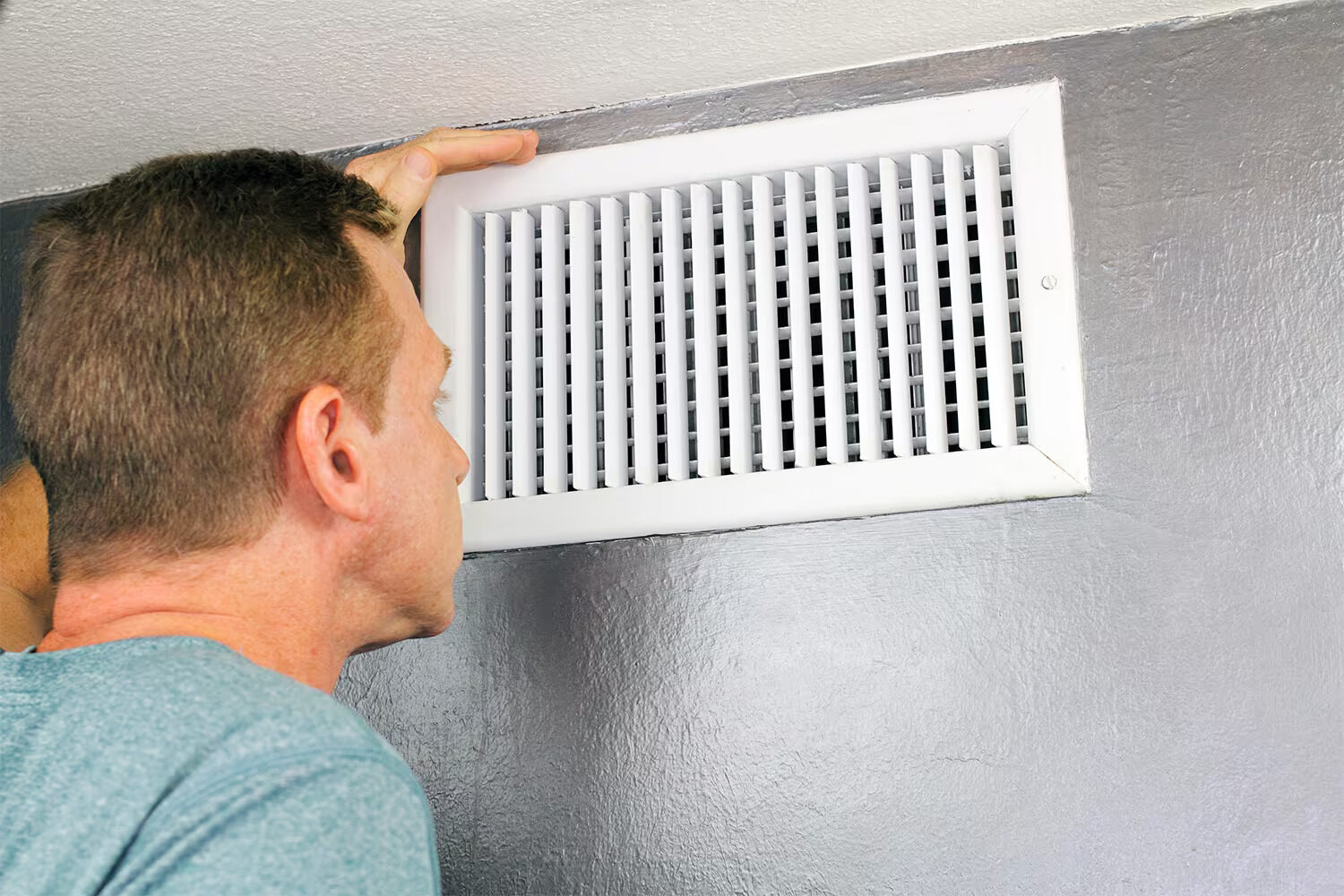

Living Room Storage
Do You Have Mold In Your Air Conditioner? Check For These Signs
Modified: January 19, 2024
Check for these signs to see if you have mold in your air conditioner. Ensure a healthy living room with proper maintenance and living room storage options.
(Many of the links in this article redirect to a specific reviewed product. Your purchase of these products through affiliate links helps to generate commission for Storables.com, at no extra cost. Learn more)
Introduction
Welcome to your comprehensive guide on living room storage! Having ample storage space in your living room is essential for maintaining a clean, clutter-free, and organized space. Whether you’re a minimalist or someone who loves collecting trinkets, finding the right storage solutions can make a world of difference in creating a functional and visually appealing living room.
In this article, we will explore various living room storage options, from traditional furniture pieces to creative DIY hacks, to help you maximize your space and keep your belongings neatly tucked away. We’ll also dive into the world of SEO optimization and how you can leverage it to enhance your website’s visibility and drive organic traffic to your living room storage products or content.
Before we delve into the specifics, let’s briefly discuss the importance of living room storage. A cluttered living room not only looks chaotic but can also affect your mental well-being. Studies have shown that a cluttered environment can lead to increased stress levels and decreased productivity. On the other hand, an organized living space promotes a sense of calm and relaxation.
So, whether you have a small or spacious living room, it’s crucial to make the most out of the available space by incorporating effective storage solutions. Let’s begin our journey to discovering the best living room storage options that suit your style and needs.
Key Takeaways:
- Keep your living room mold-free by addressing musty odors, visible mold, allergy symptoms, moisture or leaks, reduced airflow, strange noises, and increased energy consumption in your air conditioner promptly.
- Regular maintenance, proper ventilation, and professional assistance are essential in preventing and addressing mold growth in your air conditioner, ensuring a clean and healthy living room environment.
Musty Odor
One of the telltale signs that you may have mold in your air conditioner is the presence of a musty odor. If you notice a damp or musty smell when you turn on your air conditioner, it could be an indication that mold or mildew is growing somewhere within the unit.
Mold thrives in moist and dark environments, making your air conditioner an ideal breeding ground. When the air conditioner is running, it collects moisture from the air, which can accumulate within the unit if not properly drained. This excess moisture creates the perfect conditions for mold to grow and spread.
If you suspect that there may be mold in your air conditioner, it’s important to act promptly. Leaving mold untreated can not only lead to unpleasant odors but can also have adverse health effects. Exposure to mold can cause respiratory issues, allergic reactions, and exacerbate existing respiratory conditions such as asthma or allergies.
To address the issue, start by inspecting the air conditioner’s filters and vents. Remove and examine the filters for any signs of mold growth. If you notice mold on the filters, it’s a clear indication that there may be mold present in other parts of the unit as well. In such cases, it’s best to consult a professional HVAC technician to thoroughly clean and disinfect the air conditioner.
Preventive measures can also help mitigate mold growth. Regularly clean and replace air conditioner filters, ensure proper ventilation, and keep the humidity levels in your home under control to minimize the chances of mold growth in the first place.
By addressing and resolving the issue of a musty odor promptly, you can ensure that your air conditioner remains clean and free from harmful mold growth. This will not only keep your living room smelling fresh but also contribute to a healthier indoor environment for you and your family.
Visible Mold
If you spot visible mold growth in or around your air conditioner, it’s a clear sign that you have a mold problem. Mold can appear as black or greenish patches and can be found on various parts of the air conditioning unit, such as the vents, coils, or ductwork.
Visible mold growth is a cause for concern, as it indicates that the mold has already colonized and is actively spreading. Mold can release spores into the air, which can potentially trigger allergic reactions or respiratory issues when inhaled. Therefore, it’s crucial to address visible mold growth promptly and effectively.
If you notice mold growth, it’s best to seek professional assistance. HVAC technicians have the knowledge and equipment to safely remove the mold and disinfect the affected areas. Attempting to remove mold on your own, especially if it covers a large area, can increase the risk of spreading the spores and exacerbating the problem.
In addition to professional help, it’s essential to address the underlying cause of the mold growth. Moisture is the primary factor that allows mold to thrive, so it’s important to identify and eliminate any sources of excess moisture. This may involve fixing leaks, improving insulation, or enhancing ventilation in the affected areas.
Regular maintenance is key to preventing mold growth in your air conditioner. Make sure to clean and inspect your air conditioner regularly, paying close attention to areas prone to moisture buildup. Clean or replace filters as recommended by the manufacturer, and ensure that drainage systems are functioning properly.
By taking timely action when visible mold is present, you can effectively address the issue and prevent further mold growth. Regular maintenance and addressing moisture problems will help ensure that your air conditioner remains mold-free, providing you with clean and healthy indoor air in your living room.
Allergy Symptoms
Another indication that you may have mold in your air conditioner is the presence of allergy symptoms when you spend time in your living room. Mold spores can become airborne and circulate throughout your home when the air conditioner is running, leading to allergic reactions in susceptible individuals.
Common allergy symptoms associated with mold exposure include sneezing, coughing, itchy or watery eyes, congestion, or a runny nose. These symptoms can range from mild to severe, depending on the individual’s sensitivity to mold and the extent of exposure.
If you and your family members experience allergy symptoms that seem to worsen or persist while spending time in your living room, it’s important to consider the possibility of mold in your air conditioner. Mold spores can trigger allergic reactions in sensitive individuals, making it essential to address the issue promptly.
In addition to addressing the mold growth in your air conditioner, it’s advisable to take proactive measures to reduce allergens in your living room. Regularly dust and vacuum the space, including furniture, carpets, and other surfaces where allergens can accumulate. Consider using a HEPA filter in your air conditioner or investing in an air purifier to help remove mold spores and other allergens from the air.
Furthermore, maintaining good indoor air quality is crucial in reducing the risk of allergy symptoms. Keep your living room well-ventilated by opening windows when weather permits and using exhaust fans to remove stale air. Controlling humidity levels in your home can also help prevent mold growth and alleviate allergy symptoms.
If allergy symptoms persist or worsen despite taking steps to address mold and improve indoor air quality, it’s important to consult a medical professional for further evaluation and guidance.
By being aware of and recognizing allergy symptoms associated with mold exposure, you can take the necessary actions to address the issue and create a healthier living environment in your home.
Moisture or Leaks
If you notice moisture or leaks around your air conditioner, it could be an indication of a mold problem. Excess moisture provides the ideal conditions for mold growth, and if left unaddressed, it can lead to mold colonization in and around your air conditioning unit.
Moisture or leaks can occur in various areas of the air conditioner, such as the condensate drain line, the refrigerant lines, or the indoor unit. These leaks can be caused by a variety of factors, including clogged drain lines, improper installation, or wear and tear over time.
When moisture accumulates, it creates a damp environment, which supports the growth of mold. Mold can flourish within the air conditioner or in nearby areas, such as walls or ceilings, if the moisture is not properly contained and resolved.
If you notice any signs of moisture or leaks, it’s important to address them promptly to prevent mold growth and damage to your air conditioner and surrounding structures. Start by inspecting the condensate drain line for any clogs or blockages. Clean the drain line and ensure that it is functioning properly, allowing moisture to drain away from the unit.
In some cases, the cause of the moisture or leaks may be more complex and require professional assistance. HVAC technicians can inspect your air conditioner, identify the source of the problem, and make the necessary repairs or replacements.
Preventing future moisture or leak issues involves regular maintenance and upkeep of your air conditioner. Clean and replace filters as recommended, clear any debris or obstructions around the outdoor unit, and schedule routine inspections to catch and address potential issues before they escalate.
By promptly addressing moisture or leaks in your air conditioner, you can prevent mold growth and ensure the longevity and efficiency of your unit. Additionally, maintaining a dry and moisture-free environment will contribute to a healthier living room and reduce the risk of mold-related health issues.
Regularly inspect and clean your air conditioner’s coils, drip pans, and ducts to prevent mold growth. Look for musty odors and visible mold as signs of contamination.
Read more: How To Check Air Conditioner In Car
Reduced Airflow
If you notice that the airflow from your air conditioner has reduced significantly, it could be due to mold growth in the system. Mold can accumulate on the coils, vents, or ductwork of your air conditioner, obstructing the airflow and causing a decrease in its efficiency.
When mold grows on the coils or vents, it creates a barrier that restricts the passage of air through the system. This can result in reduced airflow into your living room, making it harder for your air conditioner to effectively cool or heat the space.
One way to check for reduced airflow is by assessing the airflow from the vents in your living room. If you notice that the air is weak or doesn’t reach the desired temperature, it could be a sign of mold-related airflow restriction.
Additionally, if your air conditioner is struggling to maintain consistent temperatures or takes longer to cool or heat your living room, it may be due to reduced airflow caused by mold. Mold can also affect the overall efficiency of your air conditioner, resulting in increased energy consumption and higher utility bills.
To address reduced airflow, it is essential to address the underlying mold growth issue. Start by inspecting the vents and coils for any visible signs of mold. If the mold growth is minimal, you can attempt to clean the affected areas yourself using a mold-specific cleaner and following the manufacturer’s instructions.
However, if you notice extensive mold growth or are uncomfortable cleaning it yourself, it is advisable to seek professional assistance. HVAC technicians can thoroughly clean the coils, vents, and ductwork, ensuring that the mold is effectively removed and the airflow is restored.
Maintaining proper airflow and preventing mold growth requires regular maintenance of your air conditioner. Keep the filters clean or replace them as recommended, and schedule annual maintenance to ensure that the system is in optimal condition. Additionally, maintaining a clean and dust-free living room can help prevent mold growth and ensure healthy airflow.
By addressing reduced airflow promptly and taking steps to prevent mold growth, you can ensure that your air conditioner operates efficiently, providing adequate airflow and maintaining optimal comfort in your living room.
Strange Noises
If your air conditioner starts making strange noises, it could be a sign of mold growth or other underlying issues. Unusual sounds coming from your air conditioner may indicate that something is not functioning properly and warrants further investigation.
Mold growth within the air conditioner can cause various noises, such as rattling, buzzing, or squealing. These sounds may occur when the mold affects the moving parts of the system, such as the fan or motor, or when it creates obstructions in the airflow. Additionally, mold can cause the air conditioner to work harder, leading to increased strain on the system and potential mechanical issues.
If you notice any strange noises coming from your air conditioner, it is important to address them promptly. Ignoring the noises or assuming they will go away on their own may result in further damage to the unit or increased mold growth.
Start by inspecting the air conditioner’s fan and motor for any signs of mold or obstruction. If you can visually identify mold growth, it is advisable to seek professional assistance to safely remove the mold and prevent further damage to the system.
Professional HVAC technicians have the expertise to diagnose and repair any mechanical issues that may be causing the strange noises. They can also thoroughly clean and disinfect the air conditioner to eradicate any mold or mildew growth.
Prevention is key to avoiding mold-related noises in your air conditioner. Regular maintenance, including cleaning or replacing filters, removing debris from the outdoor unit, and scheduling professional inspections, can help detect and address mold growth or mechanical issues before they lead to strange noises.
By addressing strange noises promptly and taking steps to prevent mold growth and mechanical issues, you can ensure that your air conditioner operates quietly and efficiently, providing a comfortable and peaceful living room environment.
Increased Energy Consumption
If you notice a sudden spike in your energy bills without any significant changes in your living room habits, it could be a sign that your air conditioner is working harder due to mold growth. Mold can obstruct airflow, reduce the efficiency of the system, and result in increased energy consumption.
When mold accumulates on the coils, vents, or ductwork of your air conditioner, it creates barriers that restrict the flow of air. This forces the air conditioner to work harder to cool or heat your living room, leading to increased energy consumption and higher utility bills.
Increased energy consumption may be particularly noticeable if you compare your current bills to previous months or if your energy costs are higher than expected. If you suspect that mold growth is the culprit behind your elevated energy bills, it’s essential to address the issue promptly.
To tackle increased energy consumption caused by mold, start by inspecting the air conditioner for any visible signs of mold on the coils, vents, or ductwork. If you notice mold growth, you can attempt to clean the affected areas using a mold-specific cleaner or consult a professional HVAC technician for thorough cleaning and disinfection.
In addition to addressing mold growth, there are other steps you can take to improve energy efficiency. Regularly clean or replace air filters, as clogged filters can hinder airflow and reduce efficiency. Ensure that your living room is properly insulated to minimize heat or cold air loss and reduce the strain on the air conditioner.
Regular maintenance of your air conditioner is crucial in optimizing energy efficiency. Schedule professional inspections and tune-ups to keep the system in optimal condition, identify any issues early on, and maintain peak performance.
By addressing increased energy consumption promptly and taking steps to both resolve mold growth and optimize energy efficiency, you can not only lower your energy bills but also create a more sustainable and economical living room environment.
Conclusion
Having mold in your air conditioner can not only lead to unpleasant odors and reduced efficiency but also pose potential health risks. It’s essential to be vigilant and proactive in identifying and addressing mold growth in your air conditioning system to maintain a clean and healthy living room environment.
By paying attention to the signs of mold in your air conditioner, such as a musty odor, visible mold growth, allergy symptoms, moisture or leaks, reduced airflow, strange noises, and increased energy consumption, you can take the necessary steps to tackle the problem effectively.
Whether it’s cleaning and disinfecting the affected areas yourself or seeking professional assistance, addressing mold growth in a timely manner is key. Remember to also implement preventive measures such as regular maintenance, clean air filters, and proper ventilation to minimize the chances of mold recurrence.
Furthermore, maintaining good indoor air quality is crucial for a healthy living room. Dusting, vacuuming, controlling humidity levels, and promoting proper ventilation are all important in preventing mold growth and ensuring a comfortable and clean space.
Lastly, if you have concerns about mold in your air conditioner that are beyond your expertise, it’s always a good idea to consult a professional HVAC technician. They can provide expert advice, thoroughly clean and disinfect your air conditioner, and address any underlying issues effectively.
Remember, a clean and mold-free air conditioner not only ensures a pleasant living room environment but also contributes to your overall well-being and comfort. Take the necessary steps to control mold and maintain optimal air quality, and enjoy a fresh, healthy, and inviting living room for you and your loved ones.
Frequently Asked Questions about Do You Have Mold In Your Air Conditioner? Check For These Signs
Was this page helpful?
At Storables.com, we guarantee accurate and reliable information. Our content, validated by Expert Board Contributors, is crafted following stringent Editorial Policies. We're committed to providing you with well-researched, expert-backed insights for all your informational needs.
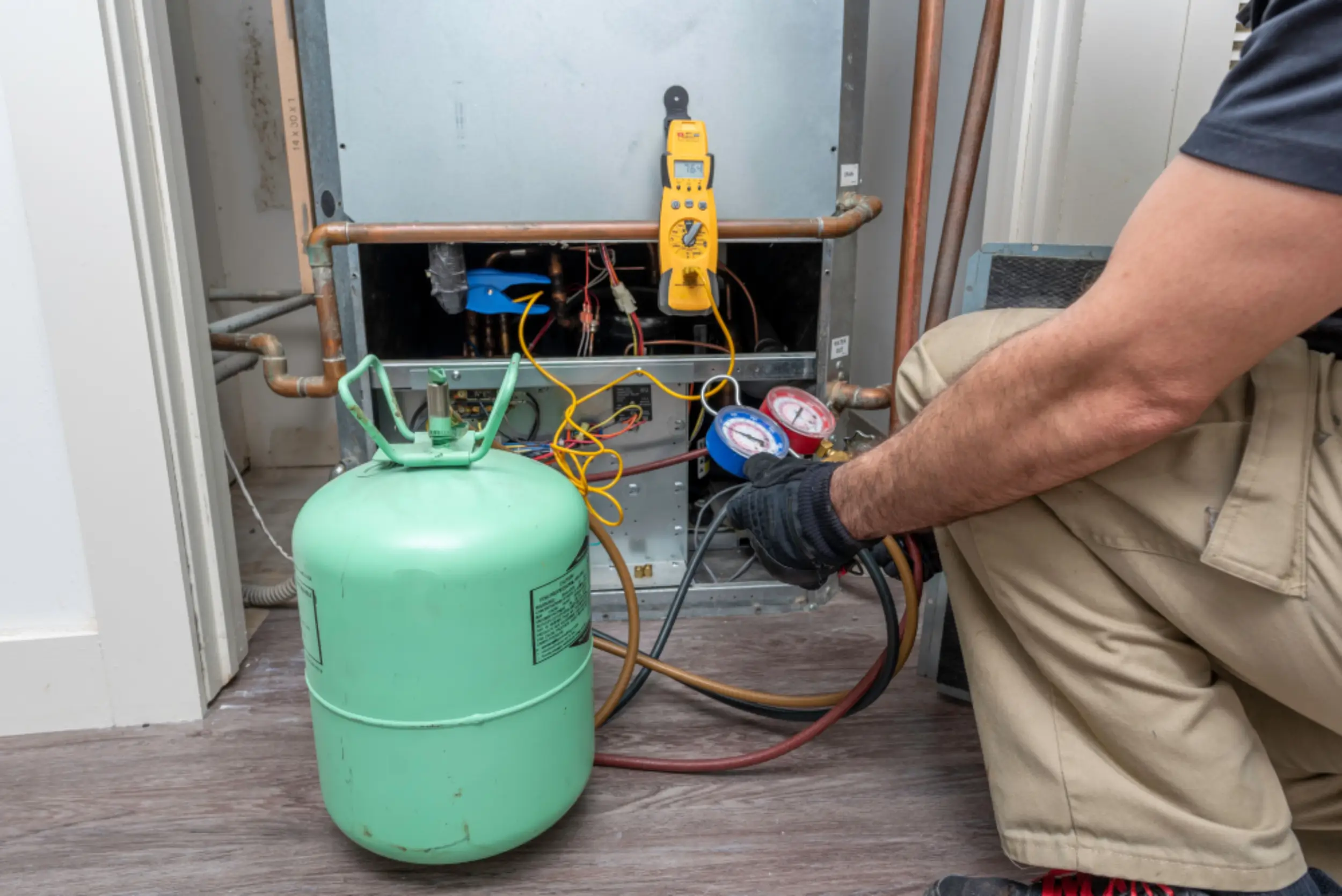
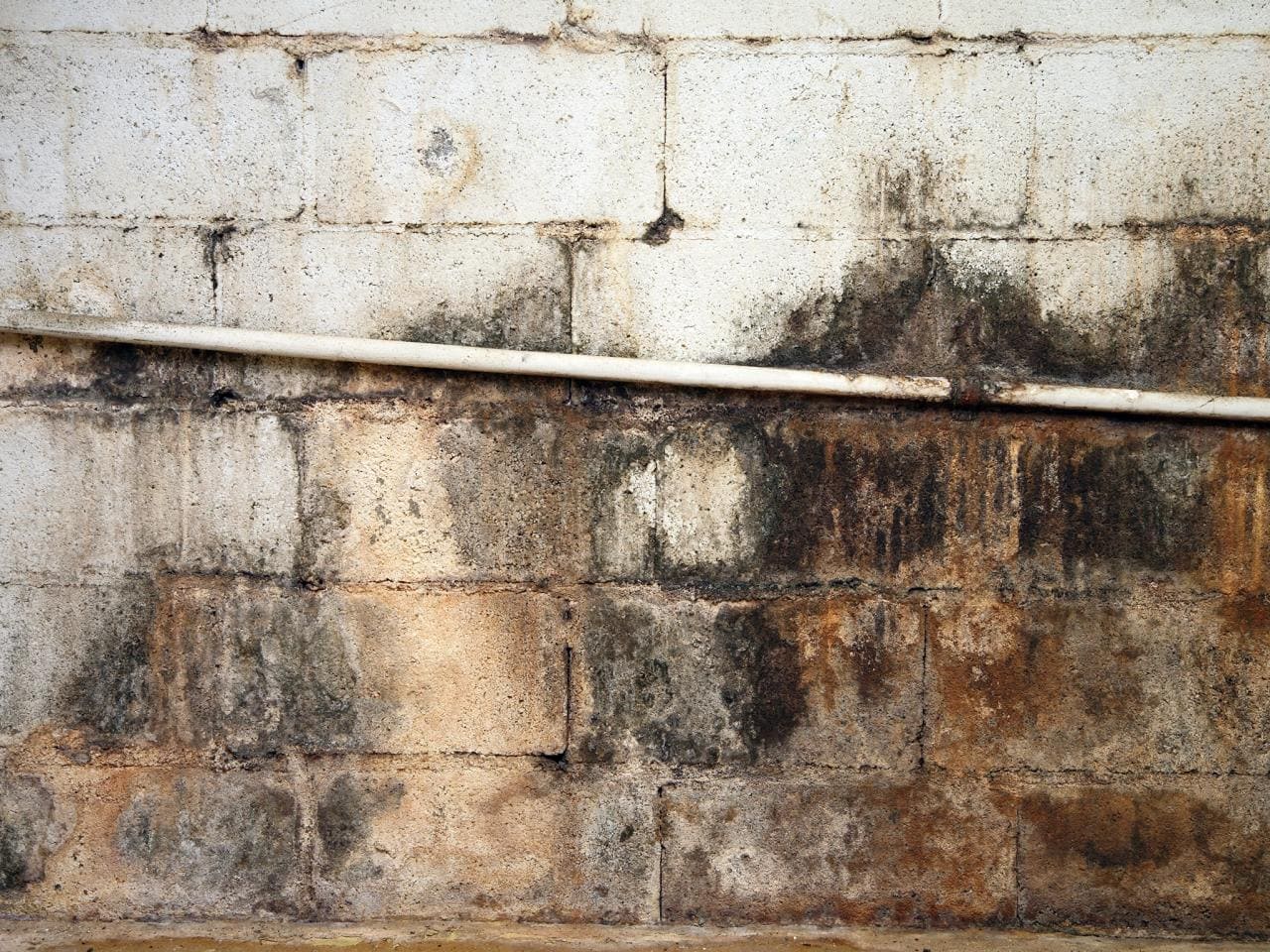
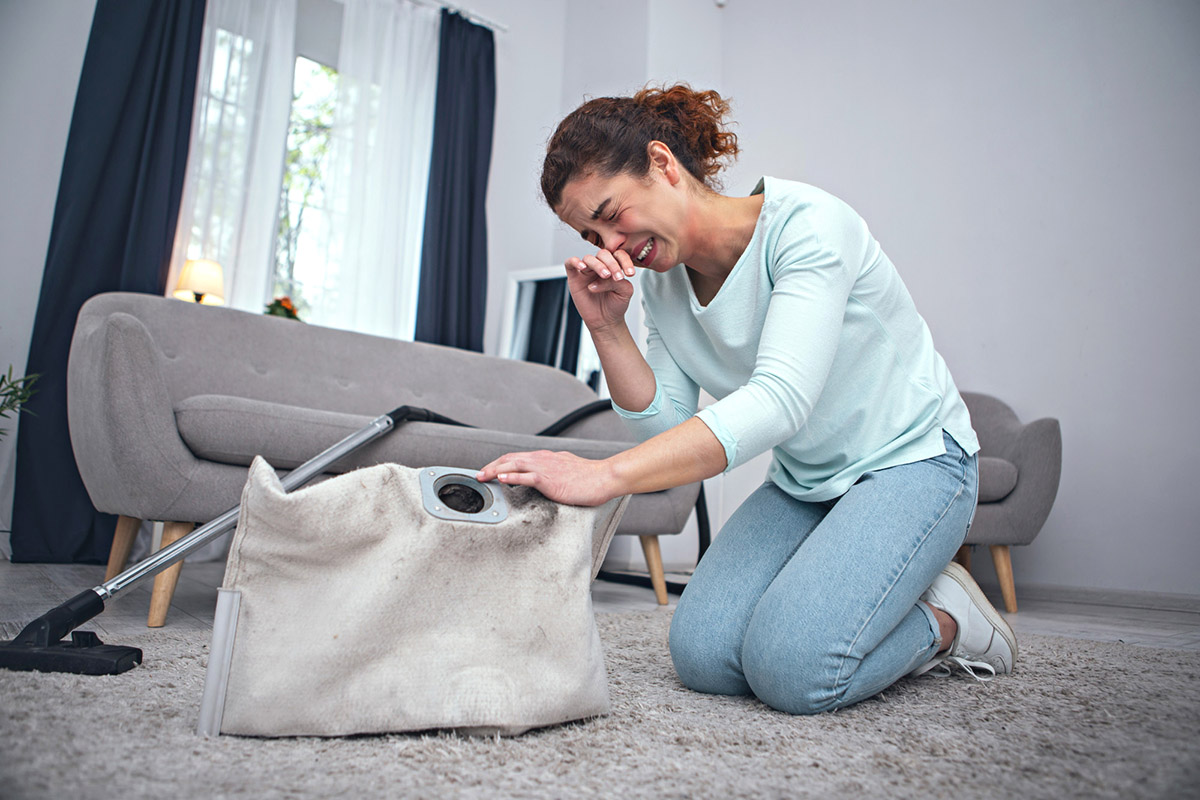



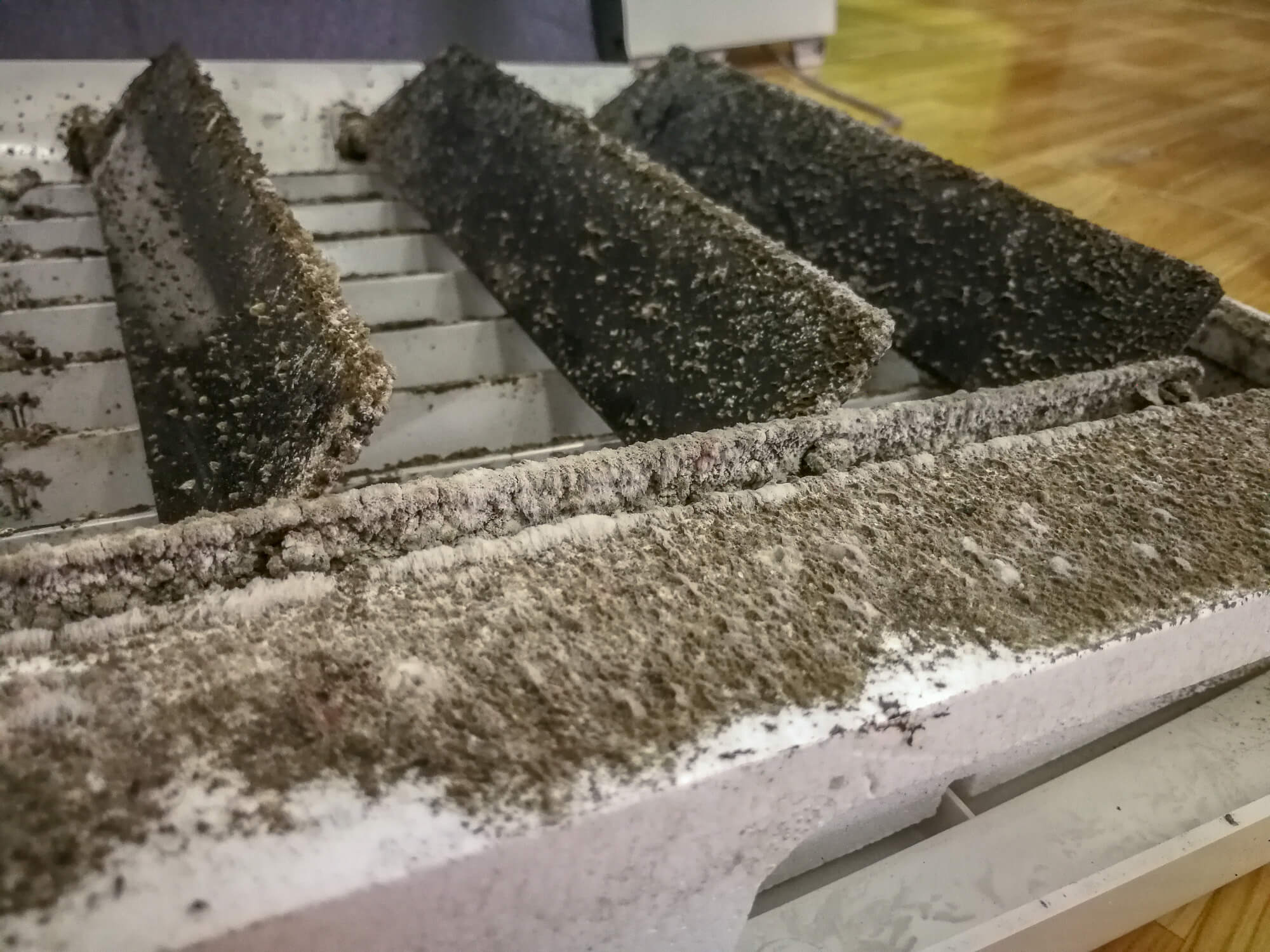
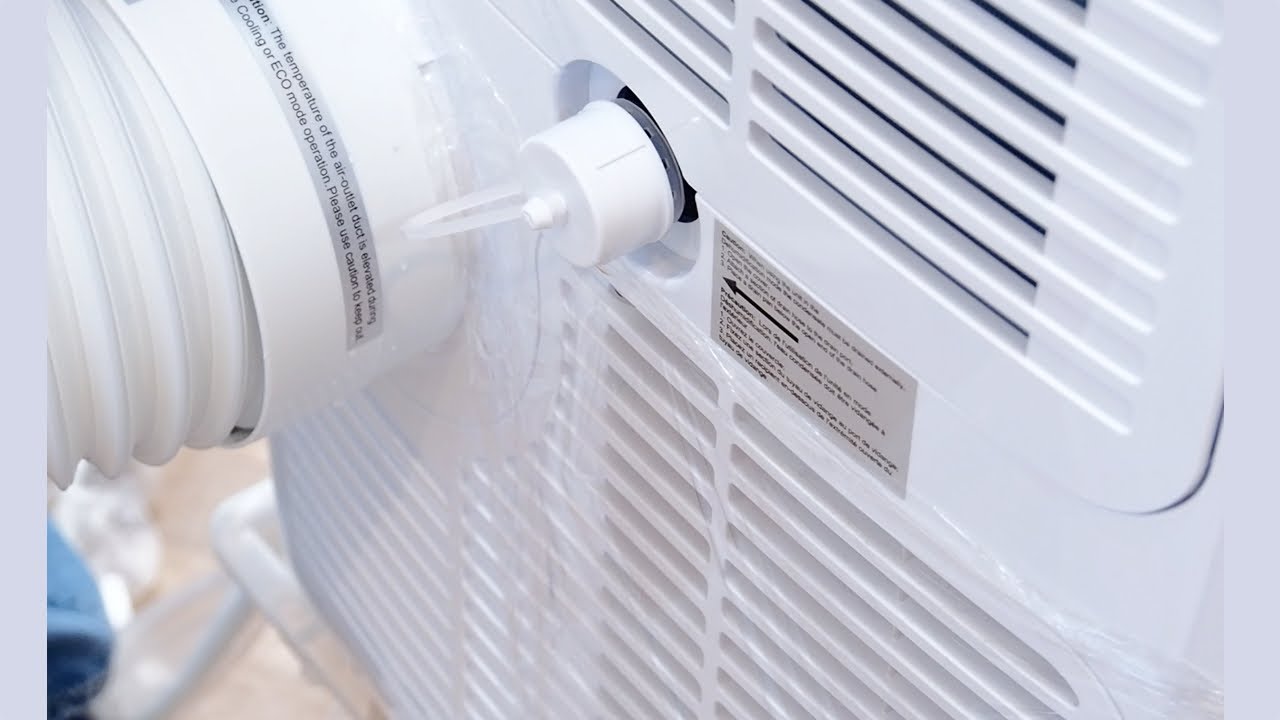
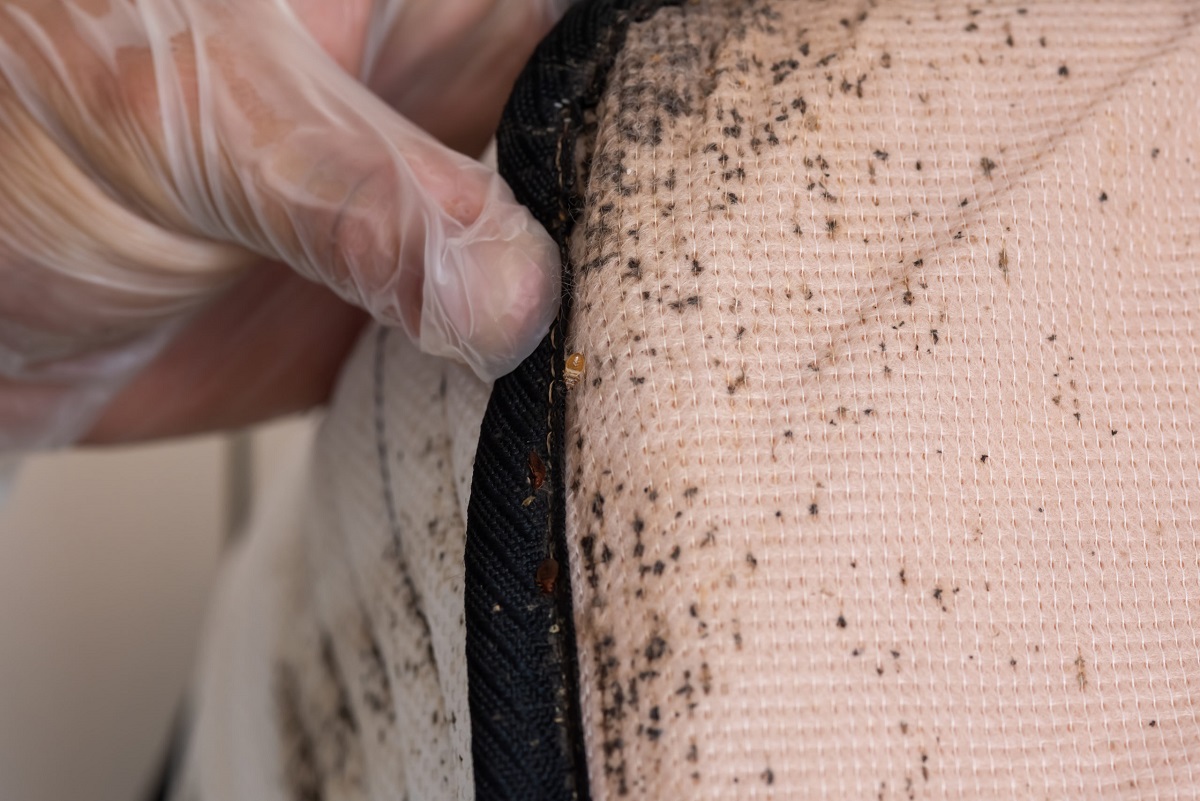
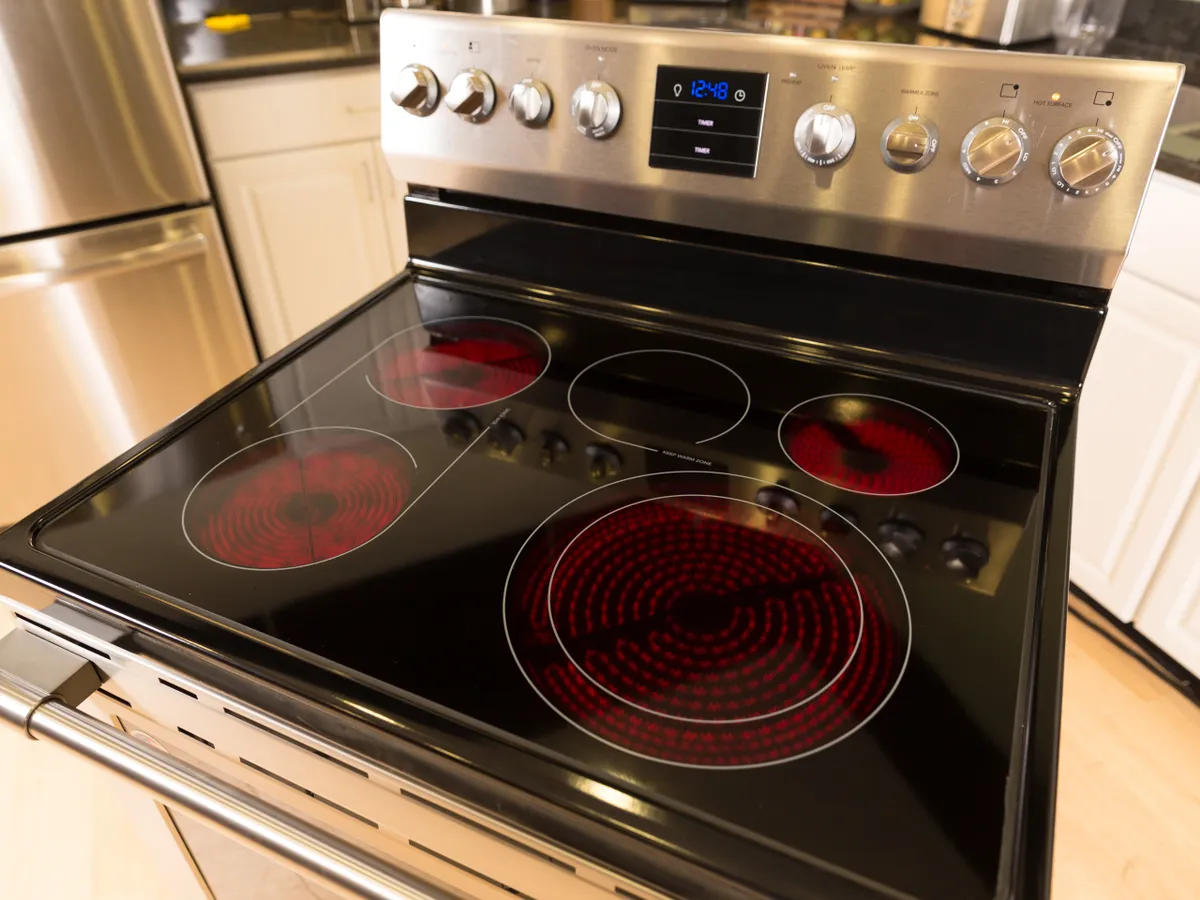

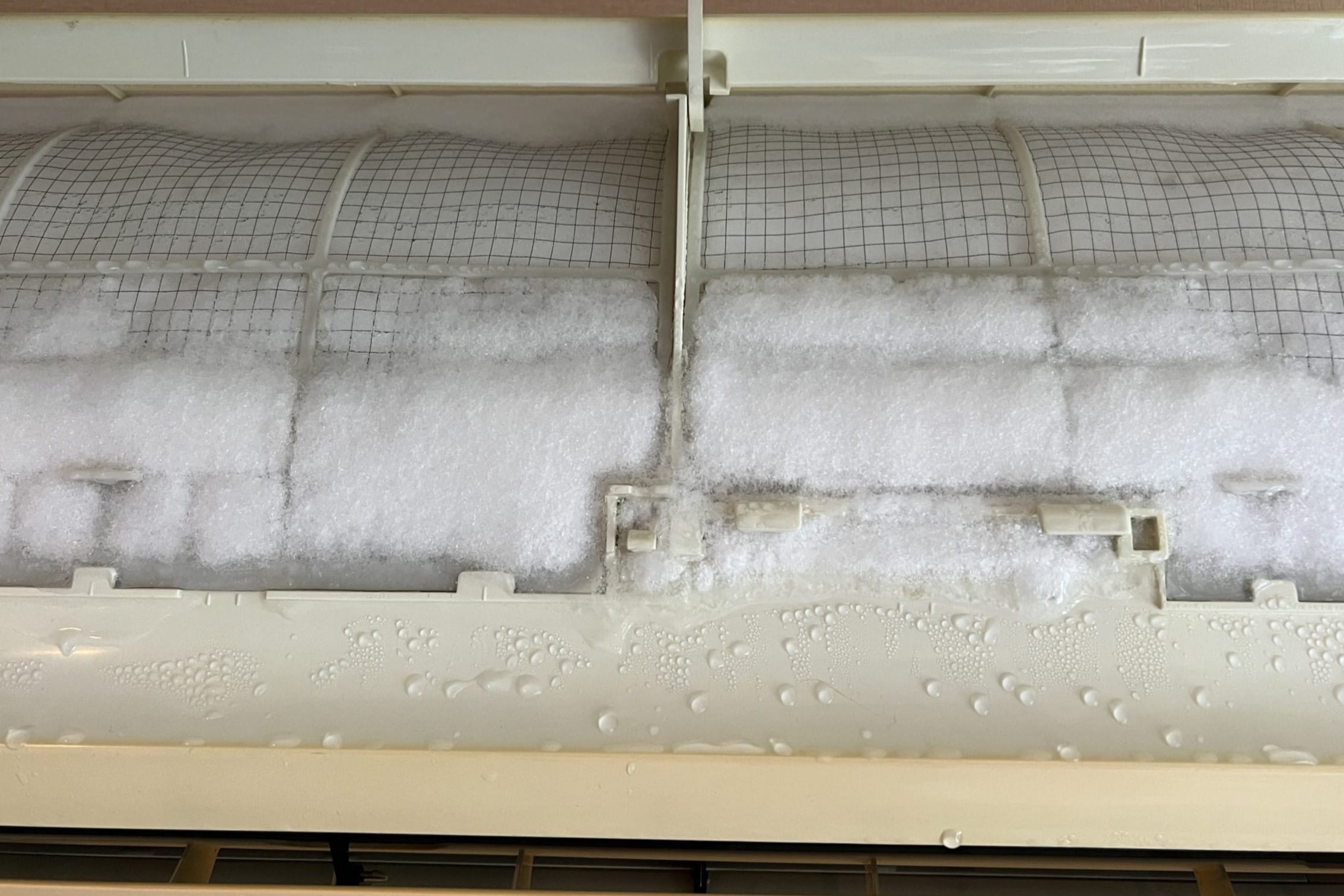
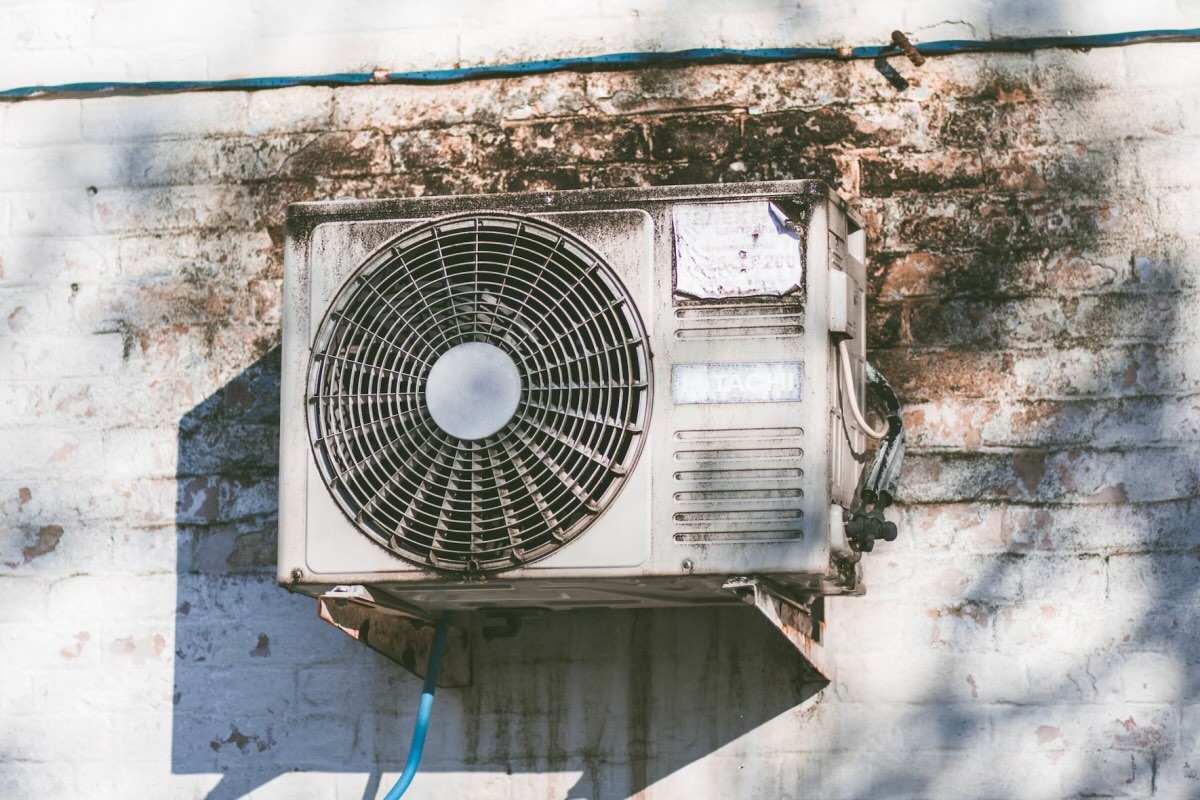


0 thoughts on “Do You Have Mold In Your Air Conditioner? Check For These Signs”